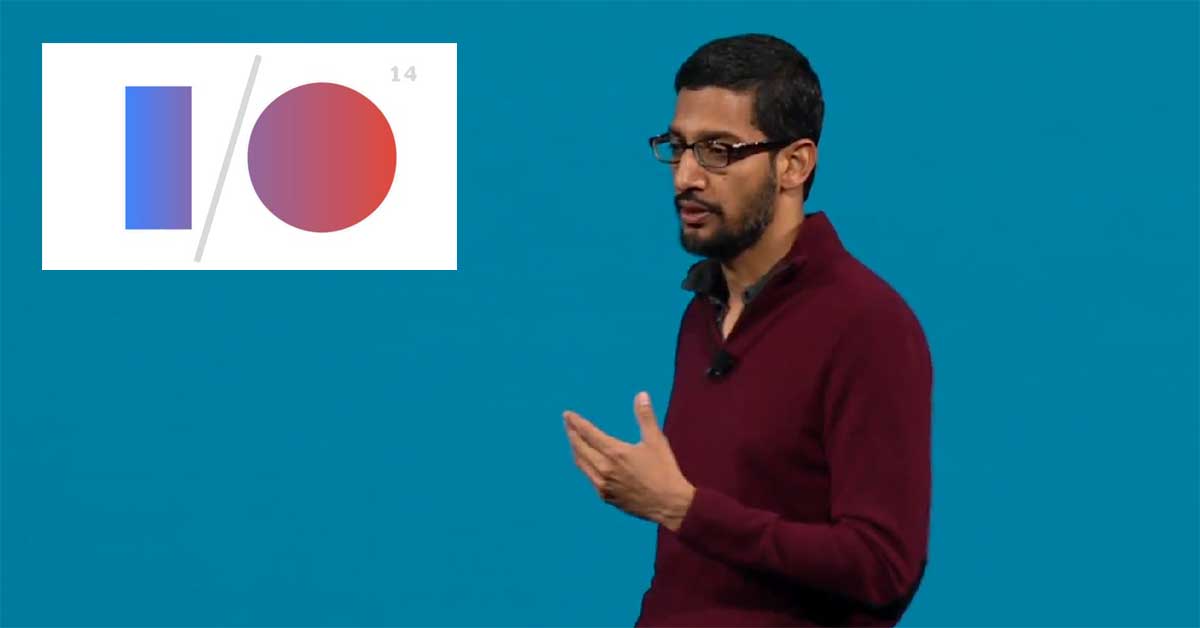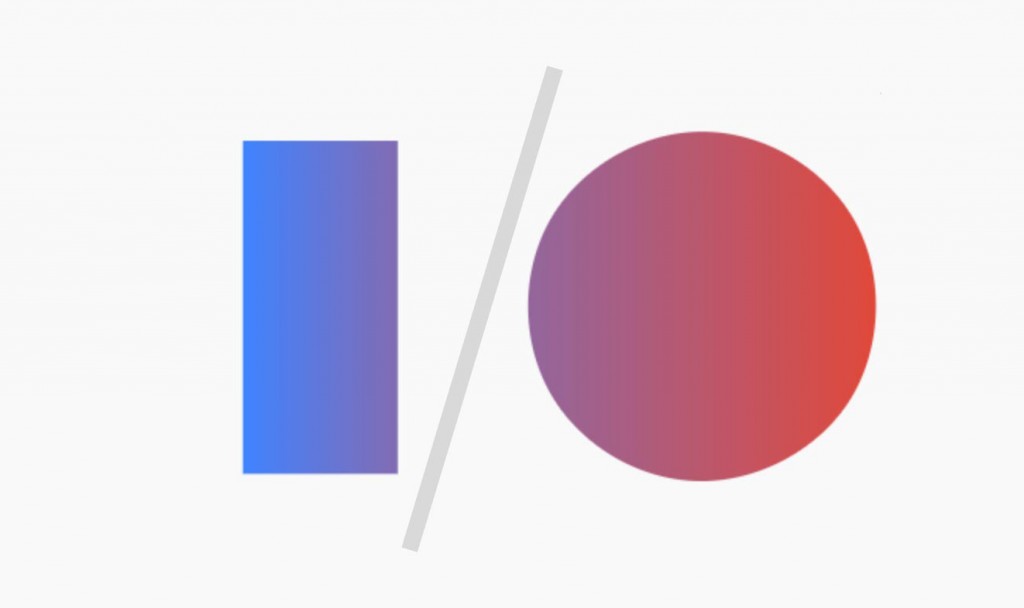
This year, Google’s I/O keynote speakers didn’t use the phase, “available today…” as often as they have in the past, but they still offered an interesting look at what Google has planned for the future. We still don’t know what the next version of Android will be called, or if it will be 4.5 or 5.0, but a lot of its features were introduced as coming in the “The L Release,” due later this year.
Sundar Pichai, Google’s SVP of Android, Chrome, and Apps was the master of ceremonies and kicked things off with a look at AndroidOne, a new initiative aimed at bringing affordable smartphones to emerging markets. They’ve created reference platforms from which manufacturers can create smartphones under $100.
As the presentation moved to specifics about “The L Release,” Sundar made several references to the magnitude of the project. For example, it contains 5,000 new APIs for developers to work with, which will greatly increase functionality with and within Android. You can see a preview at our article here.
Matias Duarte, Android’s Director of User Experience took-over, introducing “Material Design,” the new design style to be featured in L.
The L Release will support 64-bit processors, provide “personal unlocking” in “trusted environments,” including locations you’ve designated, and will run the ART runtime exclusively (instead of Dalvik). He also introduced the Android Extension Pack, which will apparently bring desktop-like performance to mobile graphics.
Much of the rest of the keynote spoke to the way Google is “extending” android to other environments in some truly unique ways.
AndroidWear was introduced for watches, and the demo showed that your primary apps live on your phone, and use the watch as a sort of interface “extension,” for alerts, and interactions. That’s a theme we saw introduced in the other platforms, as well.
Next up was Android Auto, which allows you to plug your phone into your dashboard, where phone apps will again use the dash as a sort-of remote “extension” for display, and interaction. The demonstration including controlling music, using navigation, and interacting with Google voice search using the dash as a display & control surface.
AndroidTV was finally introduced as “Coming this Fall.” In addition to voice searching and controlling playback from your phone, AndroidTV will support multiplayer gaming and Chromecasting. A number of OEMs were mentioned as planning to release integrated TVs, including Sharp and Sony. Set-top boxes were promised, as well.
At that point, everyone began using the term, “Google casting,” instead of “Chromecasting,” and we heard about some exciting new features coming to the platform, including the ability to send to a Chromecast without having to be on the same WiFi, a new “ambient experience” that will let you set backdrops of your own photos from Google+, or display art from museums around the world. In addition, you’ll soon be able to mirror your supported Android device directly to your TV.
Sundar took to the stage again, to talk a bit about Chromebooks, delivering some impressive statistics along the way, including the fact that all ten of the highest rated laptops on Amazon are now Chromebooks.
Among the new features coming to ChromeOS are proximity unlocking, which will get you logged-in, and straight to your applications simply by having your Android nearby. You’ll also be able to see your Android notifications on the Chromebook, such as incoming calls and texts, and even “battery low” notifications.
Sundar also demoed a couple of Android apps running on the Chromebook… Again, as with the previously announced platforms, it’s the app on the phone that runs the show, sending its display and control functionality to the laptop.
In addition, “Android For Work” was announced, providing a separation of work and personal apps and data, keeping them completely isolated. It was mentioned that this wasn’t going to be an “L Release” feature for new devices, but instead, released in such a way that it will work on older devices, as well.
That’s when we got to some of the things that actually are available now…
While we’ve had mobile apps for Google Docs and Sheets for awhile now, it was announced that the overdue “Slides” is now available, as well.
In addition, they announced that the QuickOffice team has been busy building-out Docs and Sheets to natively support the editing of Microsoft office documents and spreadsheets.
There was the obligatory “developer talk” (after all, I/O really is a developer conference first and foremost), followed by the usual Google giveaway of freebies to the attendees.
This years gifts included a strange looking cardboard contraption, as well as an LG or Samsung smartwatch, and a Motorola 360 smartwatch when it becomes available.
Last Updated on November 27, 2018.











Comments are closed.